
Fishing boats dock at Ngoc Hai fishing port, Do Son ward, Hai Phong city. (Photo: Hoang Ngoc/VNA)
Vietnam is a maritime country with rich aquatic resources, playing an important role in the livelihoods of fishermen, socio- economic development and ensuring maritime security.
In the context of the risk of overexploitation, environmental pollution and resource depletion, the investigation and assessment of aquatic resources has become a key task, a scientific basis for management, conservation and sustainable exploitation.
Sharing about this issue, VNA reporter had an interview with Mr. Le Tran Nguyen Hung, Deputy Director of the Department of Fisheries and Fisheries Control, Ministry of Agriculture and Environment.
- How do you evaluate the role and current status of Vietnam's aquatic resources?
Mr. Le Tran Nguyen Hung: Vietnam has a coastline of more than 3,260km, with about 3,000 large and small islands and two archipelagos, Hoang Sa and Truong Sa. Our sea is ranked in the group with high biodiversity, ranking 16th in the world with more than 11,000 recorded marine species.
Vietnam’s marine ecosystems are very rich, from mangrove forests, coral reefs, seagrass beds to estuaries and tidal flats. These ecosystems not only create great potential for natural conservation but also provide important ecological services for the sustainable development of fisheries, tourism and the marine economy in general.
Aquatic resources and marine ecosystems play a particularly important role in the livelihoods of millions of fishermen, contributing to promoting socio-economic development, ensuring national security and defense, and affirming sovereignty over seas and islands.
However, in recent years, fishery resources have been declining significantly. Reserves are estimated at 3.95 million tons, while annual exploitation has reached 3.8 million tons, almost reaching the maximum allowable threshold. This shows the risk of overexploitation, leading to resource depletion and ecosystem degradation.
The main causes are over-exploitation, destructive fishing, the use of prohibited fishing gear, electric shock, explosives and catching young and small fish, even in protected areas. Without strong measures, in just the next 5-10 years, many aquatic species could disappear, leading to the collapse of the marine ecosystem.
- So what role does the investigation and assessment of aquatic resources play in the management and development of sustainable fisheries, especially in the context of Vietnam's efforts to remove the IUU "yellow card"?
Mr. Le Tran Nguyen Hung: The investigation and assessment of resources is the most important foundation for planning fisheries management policies. From the investigation results, the authorities can determine the allowable reserves and production, which is the basis for allocating quotas to each locality and each fishing industry, helping to control fishing strength and avoid over-exploitation.
This is also scientific data proving the legality and sustainability of fishing activities, serving to meet international regulations in the process of removing the European Commission's IUU "yellow card".
The resource investigation helps the State and businesses prove that Vietnamese aquatic products are exploited within permitted limits, have clear traceability, and ensure compliance with international standards on conservation and sustainable development.
In addition, the survey results also support marine spatial planning, identify conservation areas, exploitation areas and temporary prohibited areas during the breeding season, thereby building an "overall picture" of Vietnam's marine resources.
- Could you tell us more about the plan to implement the Comprehensive Fisheries Resources Investigation Program until 2030?
Mr. Le Tran Nguyen Hung: The Prime Minister has issued Decision No. 523/QD-TTg approving the Program for investigation and comprehensive assessment of aquatic resources and habitats of aquatic species nationwide until 2030. According to the plan, the next investigation cycle will begin in 2026.
This is a key task to realize the Strategy for sustainable development of Vietnam's marine economy to 2030, with a vision to 2045, and the Strategy for development of Vietnam's fisheries to 2030, with a vision to 2045.
The program will be implemented synchronously, inter-regionally and uniformly nationwide, inheriting and integrating with existing programs and projects to ensure effectiveness.
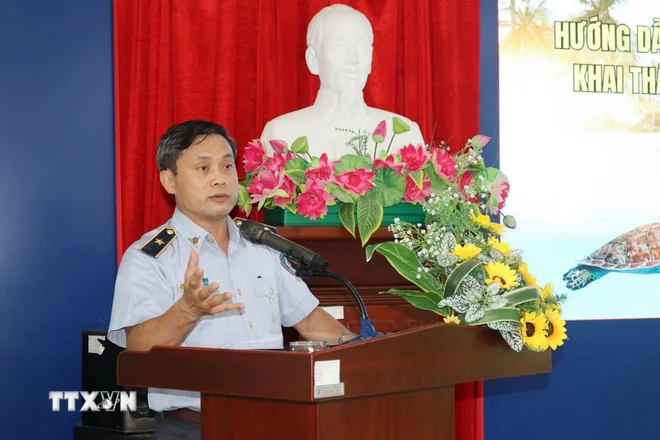
Mr. Le Tran Nguyen Hung, Deputy Director of the Department of Fisheries and Fisheries Surveillance, Ministry of Agriculture and Environment. (Photo: Nguyen Thanh/VNA)
The investigation will focus on determining the scientific basis of resources, fisheries and habitats; assessing resource fluctuations in sea and inland waters; and providing data for planning, conservation, exploitation and sustainable development of Vietnam's fisheries.
- How will this investigation and assessment data be digitized to serve more effective resource management, sir?
Mr. Le Tran Nguyen Hung: The Ministry of Agriculture and Environment is upgrading the national database system on aquatic resources and exploitation, moving towards comprehensive digital transformation in management, licensing and quota allocation.
National survey data will focus on offshore areas - areas directly managed and allocated by the Ministry; while coastal and inland areas will be surveyed, assessed and allocated quotas by localities within their assigned scope of authority.
All this data will be connected to a central database, ensuring consistency in methods, standards and management tools. Once the system is complete, authorities will be able to easily monitor stocks, fishing strength and transparently allocate quotas. At the same time, digital data will help Vietnam demonstrate its capacity to manage sustainable fisheries and enhance the reputation of Vietnamese seafood in the international market.
Thank you!
According to VNA/Vietnam+
Source: https://baocantho.com.vn/dieu-tra-nguon-loi-thuy-san-nen-tang-cho-bao-ton-va-khai-thac-ben-vung-a193365.html


![[Photo] Lam Dong: Images of damage after a suspected lake burst in Tuy Phong](https://vphoto.vietnam.vn/thumb/1200x675/vietnam/resource/IMAGE/2025/11/02/1762078736805_8e7f5424f473782d2162-5118-jpg.webp)
![[Photo] President Luong Cuong receives US Secretary of War Pete Hegseth](https://vphoto.vietnam.vn/thumb/1200x675/vietnam/resource/IMAGE/2025/11/02/1762089839868_ndo_br_1-jpg.webp)












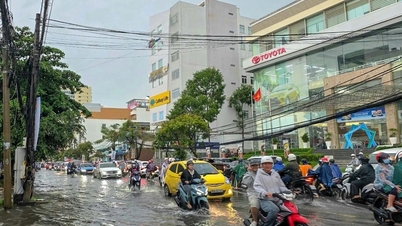


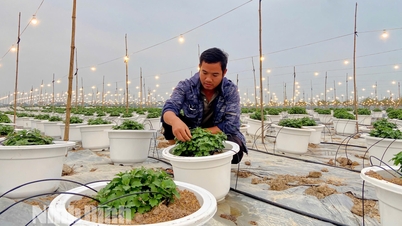

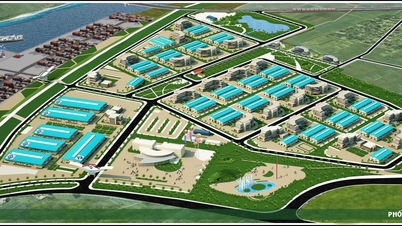




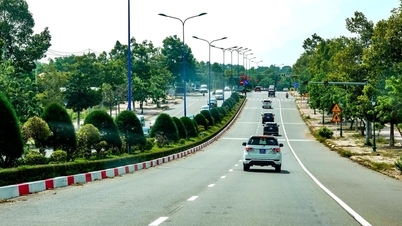







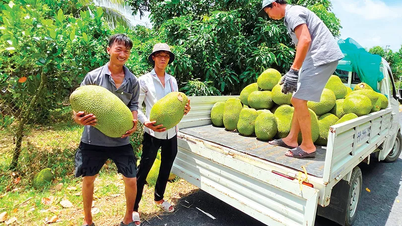


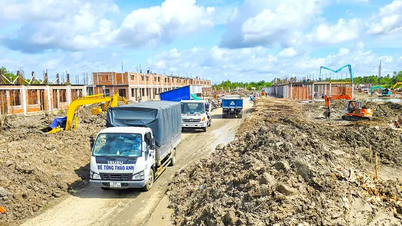























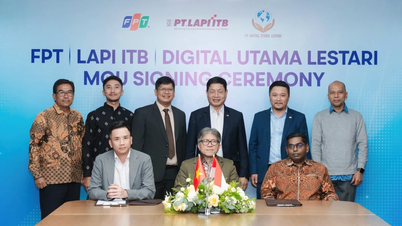






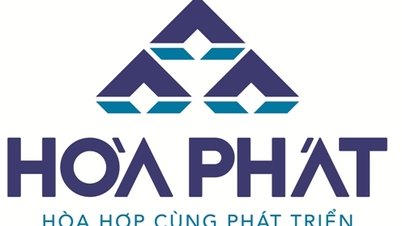






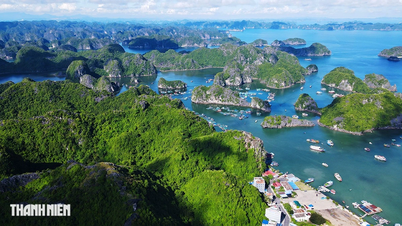


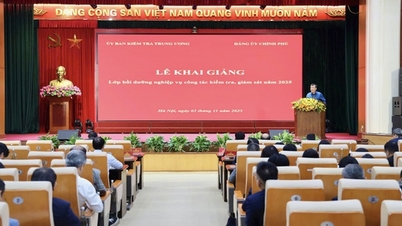



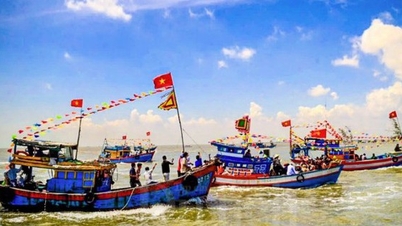









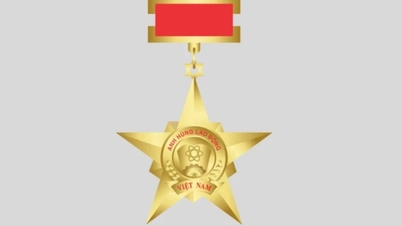


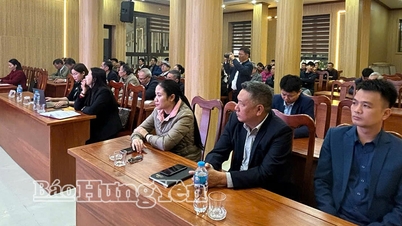
















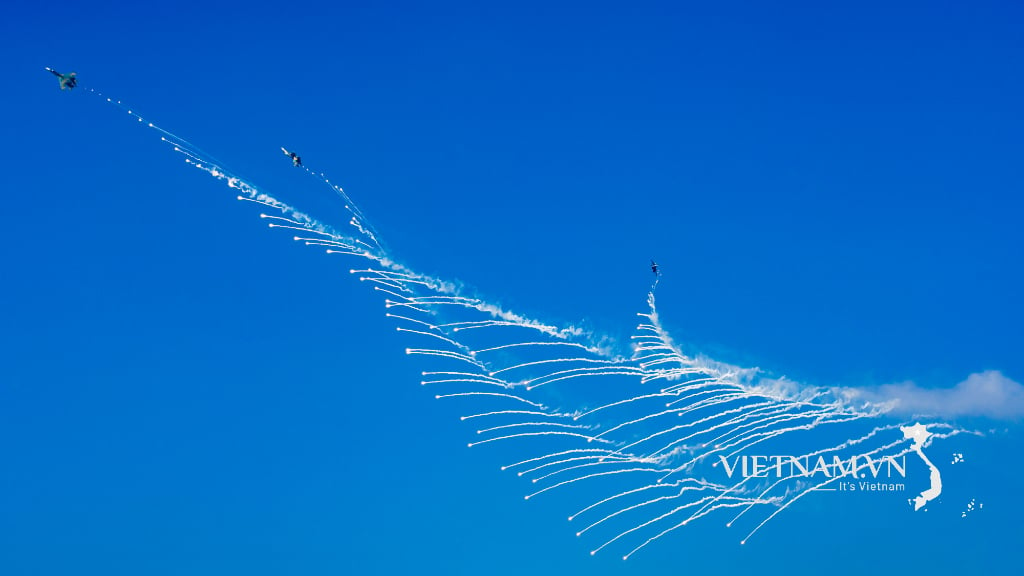


Comment (0)